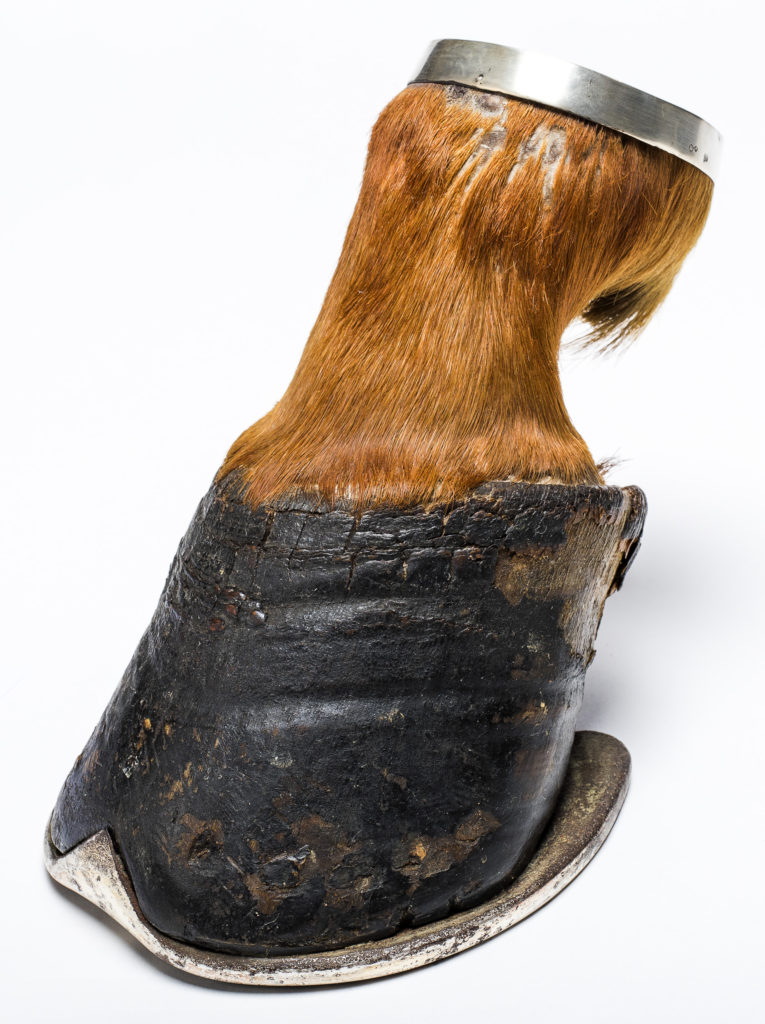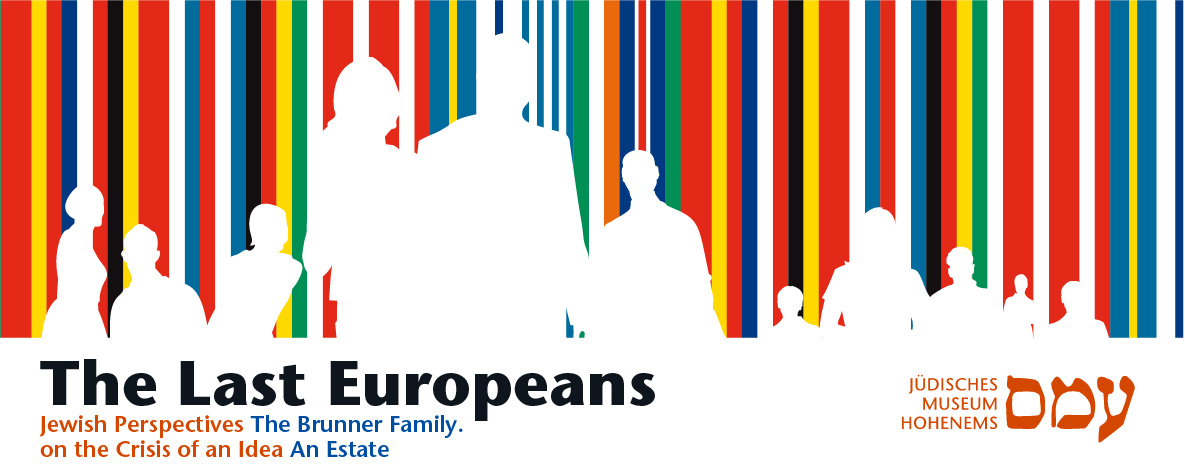
Hoof of Guido Brunner’s horse “Trieste”. Jewish Museum Hohenems, Carlo Alberto Brunner Estate
The crumbling of the multicultural city of Trieste into ethnic and political camps had a deep impact on families: Guido Brunner (1893 – 1916), older son of Rodolfo and Gina Brunner and, like his mother, an adherent of irredentism, the movement directed against Austria and in favor of annexation to Italy. This also brought him into conflict with his father who was loyal to the Habsburg Monarchy. As Austrian citizen, Guido Brunner was drafted to the army. However, he deserted and joined the Italian troops. His cousins, too, fought on different sides in World War I, for the Austrian Monarchy and in the British army.
On the Austrian side, Guido was sentenced to death as renegade, but pardoned by Emperor Franz Joseph. Nevertheless, he went to war for Italy in 1915 and was killed on June 8, 1916 in the battle of Monte Fior in the Alps. His remains were never found. Guido Brunner’s horse “Trieste” survived the battle and spent the rest of its life at the Brunners’ Tuscan estate in Forcoli. In line with an equestrian tradition, a hoof was prepared after the horse’s death and used as an object of decoration or utility. The metal cap displays the inscription: “Trieste Segui in guerra il suo padrone Guido Brunner mori e fu sepolta a Forcoli li 8. XII.1918” (“Trieste — He followed his master, Guido Brunner, into war, he died, and was buried in Forcoli on December 8, 1918.”)
On the Austrian side, Guido was sentenced to death as renegade, but pardoned by Emperor Franz Joseph. Nevertheless, he went to war for Italy in 1915 and was killed on June 8, 1916 in the battle of Monte Fior in the Alps. His remains were never found. Guido Brunner’s horse “Trieste” survived the battle and spent the rest of its life at the Brunners’ Tuscan estate in Forcoli. In line with an equestrian tradition, a hoof was prepared after the horse’s death and used as an object of decoration or utility. The metal cap displays the inscription: “Trieste Segui in guerra il suo padrone Guido Brunner mori e fu sepolta a Forcoli li 8. XII.1918” (“Trieste — He followed his master, Guido Brunner, into war, he died, and was buried in Forcoli on December 8, 1918.”)
